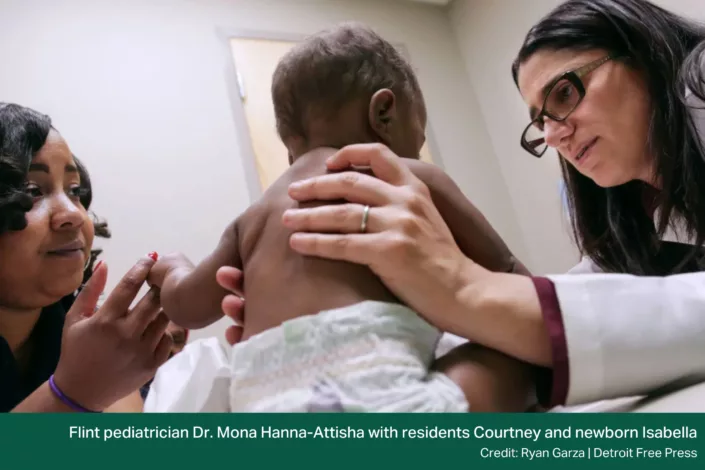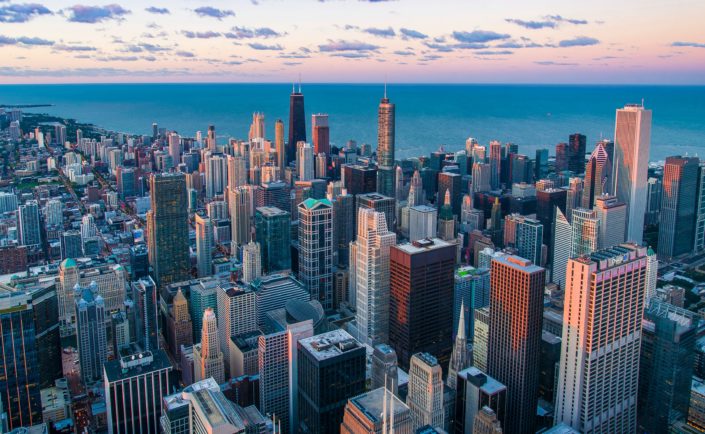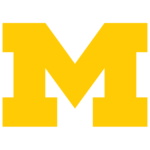GiveDirectly has provided cash relief in the U.S. since 2017
In recent years, GiveDirectly has responded swiftly to provide emergency relief to U.S. residents following disasters. We provided one-time emergency cash relief to over 6,000 families in the aftermath of Hurricanes Harvey and Maria. Our COVID-19 program, Project100+, reached nearly 200,000 households with $1,000 transfers, the largest privately-funded cash transfer program in U.S. history.
In 2021, we launched a dedicated U.S. program with the goal of supporting millions of families in the U.S. with direct, flexible cash to help them meet basic needs and be more resilient to shock. By leveraging a decade of experience implementing cash programs globally, we intend to support the growing evidence base around cash and guaranteed income policy that could reduce, if not end, poverty in the wealthiest country in the world.
Partnerships
Consistent cash transfers are a growing tool to reduce poverty in the U.S.
The COVID-19 pandemic catalyzed a spike in interest in using guaranteed income as a solution to poverty and income volatility in the U.S. Philanthropists, government, and service organizations turned to direct cash to support people experiencing income shocks, which led to a record drop in poverty. However, many these programs have since expired, leaving Americans on their own yet again.
GiveDirectly brings over a decade of expertise in deploying end-to-end cash programs for both disaster response and longer-term poverty alleviation programs, including guaranteed income programs. We also lead the field in designing and implementing research to build the case for cash-based interventions. We believe we can contribute significantly to the growing tide in the U.S. to inform government investments and philanthropic strategies to directly benefit low-income Americans and reduce, if not end, poverty in this country.
In the news
Frequently asked questions
+Can I apply to receive money?
At this time, we are not accepting applications for cash transfers. Our U.S. programs are targeted to specific populations, who are then invited to participate in a program. More information here.
Applications for the In Her Hands initiative are now closed. Attention: the In Her Hands team will never ask you to pay money to process your application or for any other reason. You will never have to return money that you got from In Her Hands. As a reminder, the In Her Hands initiative will never ask you for payment of any kind and will not reach out to you for an additional application opportunity. If you have questions about In Her Hands or your application, please contact us at www.givedirectly.org/support or email us info@thegrofund.org
+Can I choose who receives my donation?
No. As a donor, you cannot choose an individual recipient. Practically speaking, if we did, we would risk being regulated as a money transfer service and losing our charitable status. Philosophically, we work to target people in greatest need, and not those with the most compelling profiles or narratives.
+Where in the U.S. do you deliver the funds?
Donations to our general U.S. response fund are distributed across the United States to areas with the greatest need. Our programs include localized poverty relief programs and responding to disasters. Depending on the program, we use government-issued IDs, utility bills, and other documents to confirm the recipients’ place of residence.
+Don’t donations go further overseas?
Objectively, a dollar will have more impact on a Kenyan living on $1-2/day than an American living on ~$50/day. However, we learned from our COVID-19 response that Americans are also looking for effective ways to directly support their neighbors in a way that enables their choice and promotes their dignity. Furthermore, the additional attention from U.S. work generated $70 million in new donations for our Africa programs from donors who initially only gave to our U.S. COVID-19 response. This experience gives us confidence that we can expand programs in the U.S. in a way that benefits all people living in both relative and extreme poverty.











